An Impossible Task With Limitless Variables
The NATO scenario required stopping 100 Soviet divisions from overrunning Germany and France. Pierre began the deep-dive into what that would take. He dissected JCS-approved high value target lists and weapons effectiveness manuals, then undertook a mountain of manual calculations to determine how many airplanes would be needed to wreck the bridges, cut the highways, and destroy the railroad nodes required by the JCS list to stop the 100 Soviet divisions. Relying heavily on the nearly 80 printed volumes of the Joint Munitions Effectiveness Handbooks, Pierre’s year-long calculations showed that the USAF’S planned usage of tactical fighters would be ineffective due to strong Soviet capabilities for bypassing bridges and repairing road and rail cuts. Essentially, the USAF plans allocated almost all 5,000 NATO fighters to deep interdiction strikes much like WWII strategic bombing that would be lucky to slow down the Soviet forces for even 30 days.
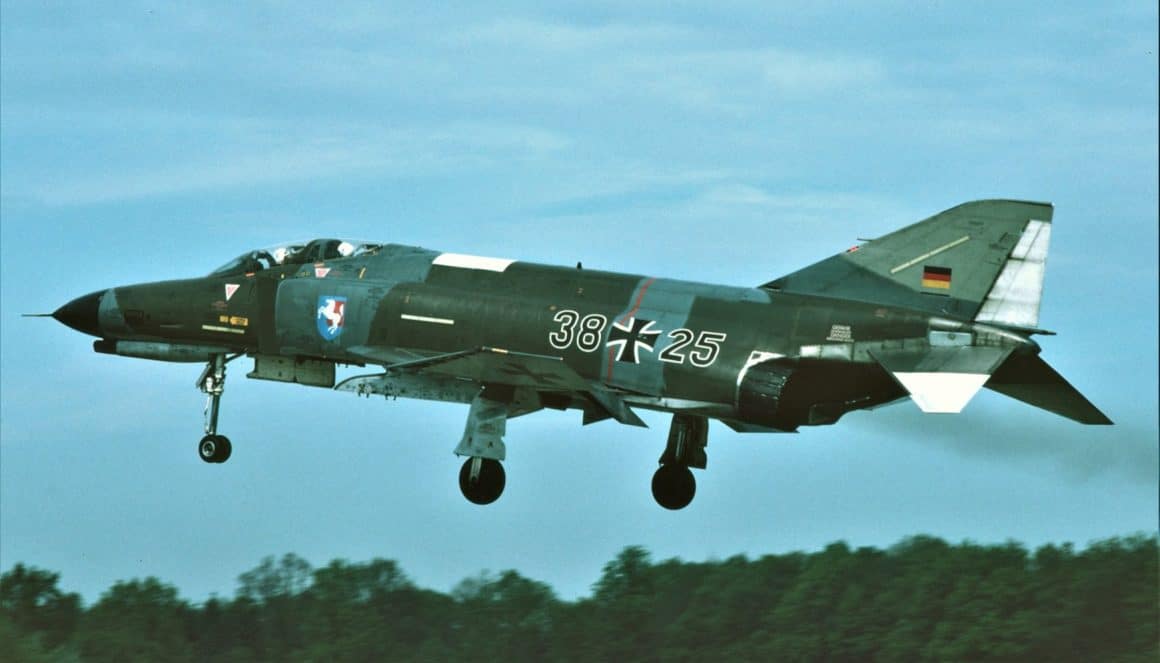
Rethinking the Think Tank’s Conclusions
Pierre’s study concluded that the defense budget needed to gut the planned multi-mission deep-interdiction aircraft funding and re-allocate to attack aircraft suited specifically for battlefield Close Air Support (CAS) plus air-to-air fighters dedicated to clearing the airspace above the battlefield. Pierre reasoned the Soviet forces would be more effectively stopped by applying airpower on the battlefield to greatly magnify the lethality of NATO ground forces against the now- engaged, concentrated, and visible enemy assets versus interdicting the widely dispersed, highly camouflaged, hard-to-detect Soviet forces moving through intensely defended rear areas. The entire Systems Analysis Office supported these conclusions and McNamara agreed. Once McNamara passed the study to the Air Force Chief of Staff, Pierre became the Air Force’s Public Enemy #1 overnight.
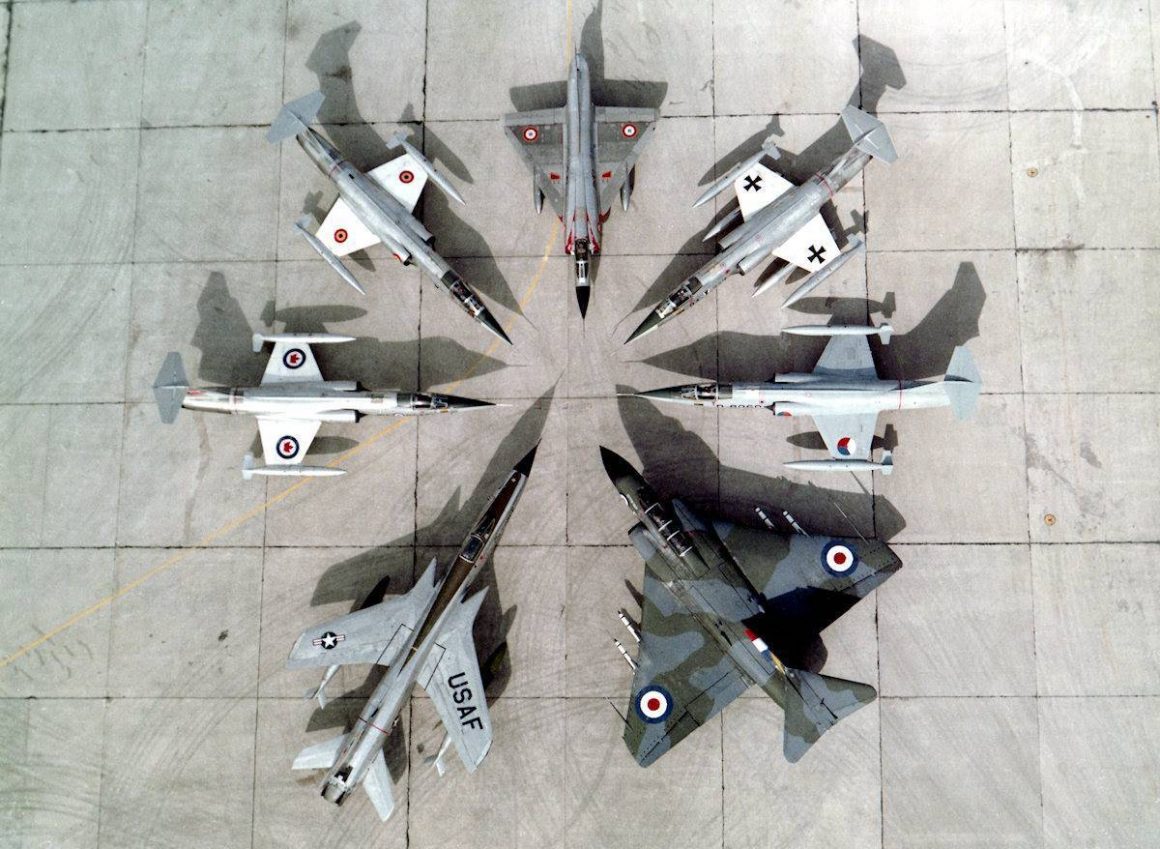
Shooting Holes and Challenging Findings
Using a team to tackle Pierre’s calculations, the Air Force assigned young captains to implement a computer program to challenge his numbers. Air Force intelligence had Pierre interview a Soviet defector fighter pilot to contradict the study’s pessimistic estimate of Soviet air-to-air capabilities, but backfired by actually validating Pierre’s low Soviet sortie rate and training estimates. Similarly, the Air Force decided to challenge the study’s tactical concept of air-to air superiority over the battlefield by bringing in the USAF’S premier tactics expert, Major John Boyd, who had just been assigned to the Pentagon to save the Air Force’s failing F-15 design effort.
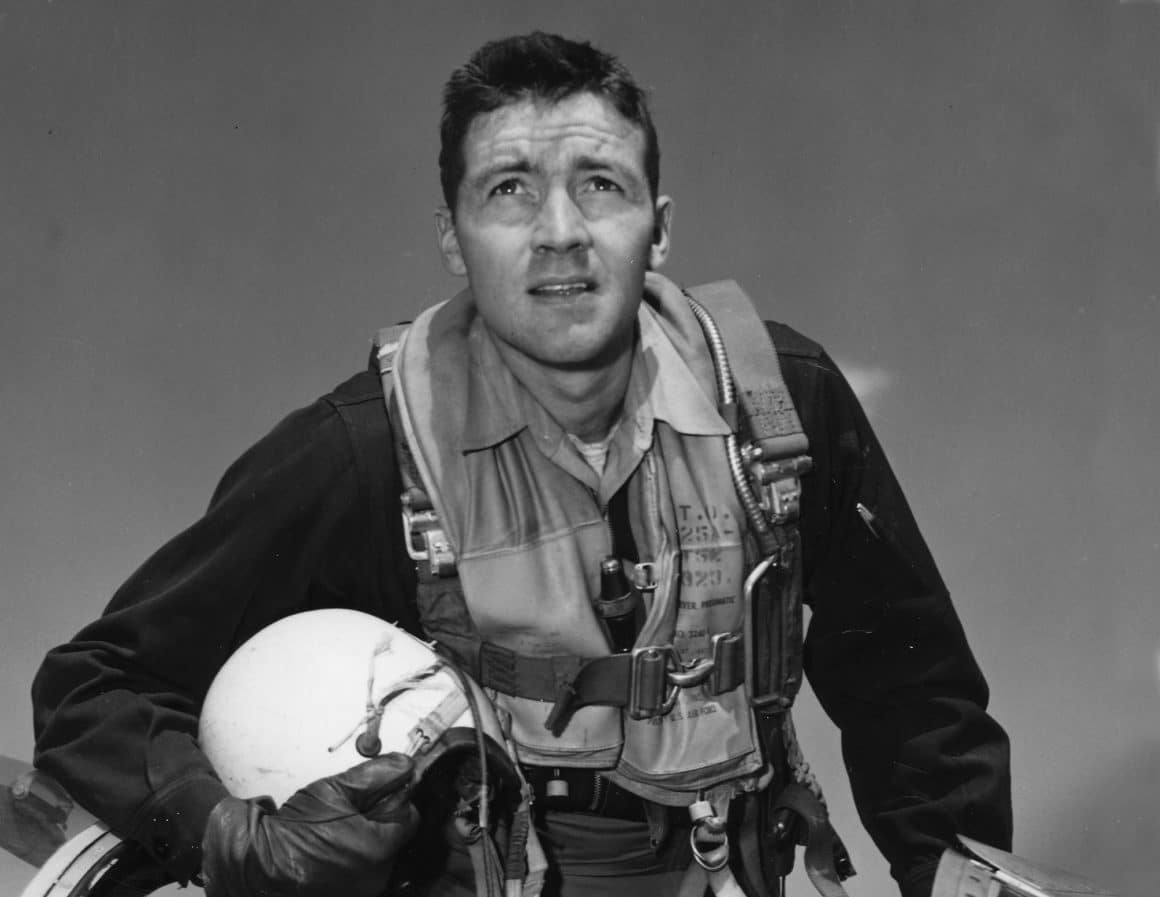
Boyd and Sprey Work Together
The Air Force Colonel heading the task force attacking Sprey’s report called in Boyd and briefed him on the importance of discrediting and disproving Pierre’s approach to Air Superiority over the battlefield. Accompanying Boyd to the first meeting with Pierre, the Colonel made the introductions and soon left. Once alone, Boyd and Sprey started discussing air-to-air combat history and quickly gained mutual respect. Pierre provided his study’s combat-historical context for air-to-air fighters over the battlefield enabling effective attacks by close air support planes using war examples. Boyd, who possessed a photographic memory bank of every WWII and Korean War air combat encounter, found the study’s analysis persuasive but began offering significant improvements to Sprey’s tactical assumptions.
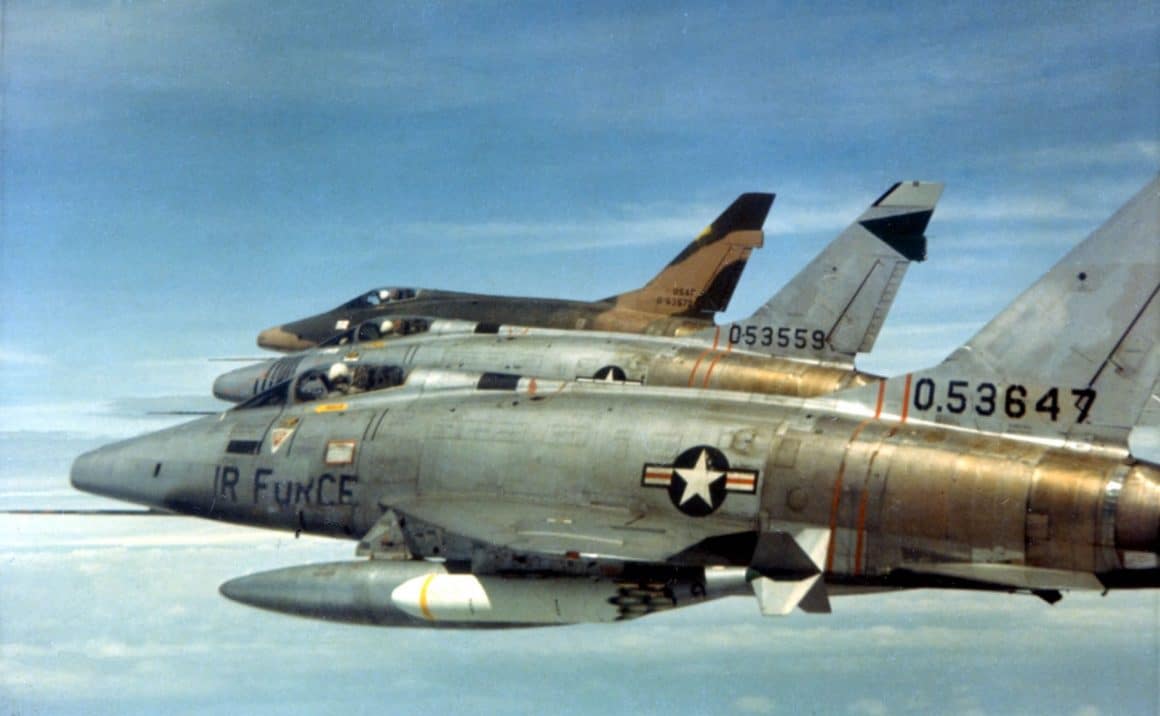
Mutual Respect and Admiration
Through their meetings, Sprey immediately recognized Boyd’s brilliance in innovative Aerial Attack Tactics and became a dedicated “student of Boyd.” Boyd showed him the primitiveness of WWII tactics and then, in subsequent meetings, introduced him to his revolutionary new Energy Maneuverability-based tactics. Boyd, a master of bureaucratic tactics and combat tactics, made sure that the friendship with Sprey remained well-hidden. As these two new colleagues interacted, they began a lifelong symbiotic relationship critiquing and improving each other’s work- fighting a guerilla war against the Pentagon bureaucracy to bring fruition to the best air-to-air and close air support airplanes ever designed.

Burning the Midnight Oil
Once Boyd and Sprey joined forces under the radar, Sprey began helping Boyd with his F-15 revamping. At that point, the Air Force’s as-planned F-15 mirrored the F-111 with variable sweep wings, excessive weight, inadequate wing area, low thrust and heavily overloaded with multi-mission equipment. Boyd showed that the planned aircraft would essentially lose in any air-to-air combat secnario due to energy-maneuverability grossly inferior to threat aircraft. Boyd, with Sprey’s assistance, reduced weight and milspec penalties, reconfigured the airframe concept to fixed wing with greatly improved acceleration and maneuverability and extensively removed all unnecessary equipment. Together, they reduced weight from 50,000 lbs to 33,000 lbs while proving the aircraft would easily out-maneuver and therefore outfight any aircraft in the world. The USAF adopted the new plans but bureaucracy and lobbying quickly added back in tons of unnecessary equipment. Frustrated, Boyd and Sprey absolved themselves from further inputs; however, their surviving improvements still created an air-to-air fighter far better than any the Air Force had ever built.
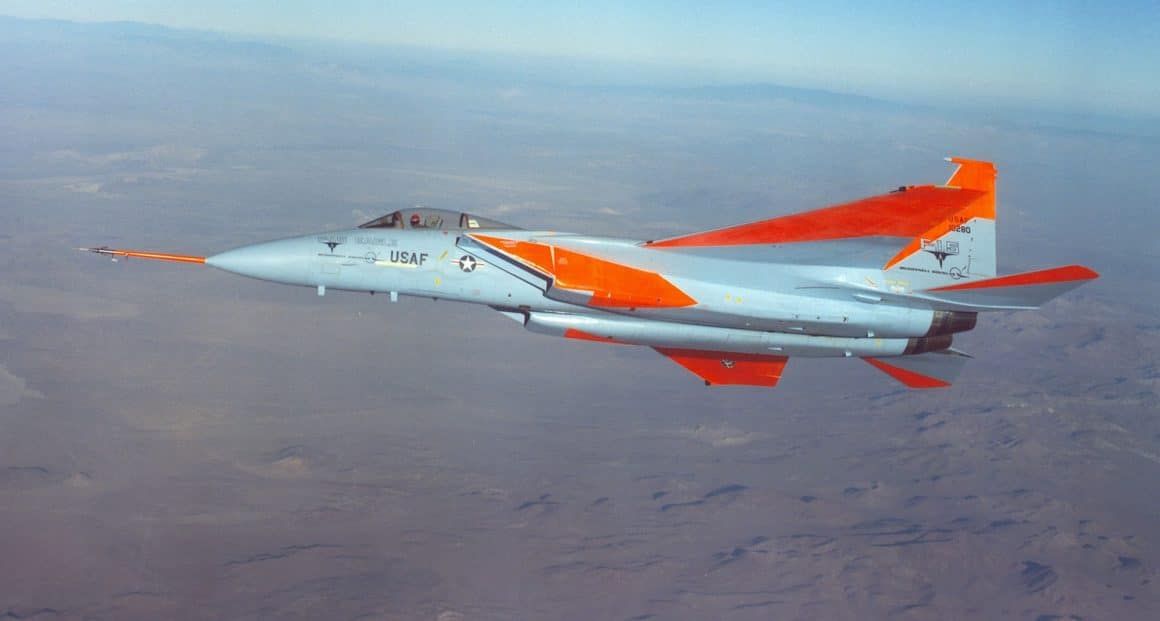

[…] RIP, Pierre Sprey. The legendary Pentagon whiz kid was best known as a driving force behind the A-10 attack plane and F-16 fighter jet. He died at his Maryland home on Aug. 5 of an apparent heart attack. The […]